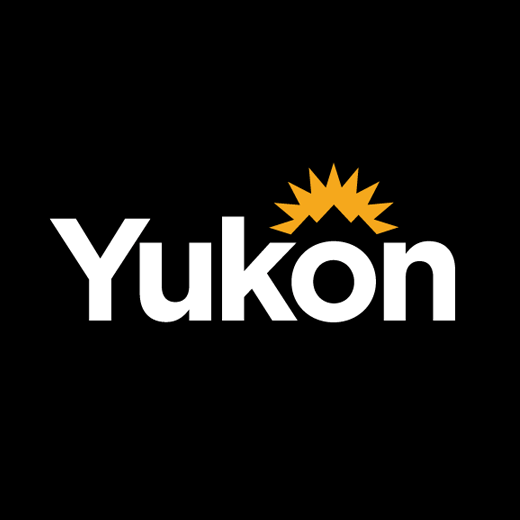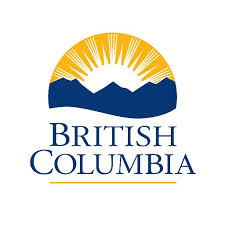watershed
Type of resources
Available actions
Topics
Keywords
Contact for the resource
Provided by
Years
Formats
Representation types
Update frequencies
status
Service types
-

This collection represents the authoritative watershed boundaries for Ontario. The data is based on a framework similar to the [Atlas of Canada Fundamental Drainage Areas](https://open.canada.ca/data/en/dataset/a4b190fe-e090-4e6d-881e-b87956c07977) and the [United States Watershed Boundary Dataset](https://www.usgs.gov/core-science-systems/ngp/national-hydrography/watershed-boundary-dataset?qt-science_support_page_related_con=4#qt-science_support_page_related_con), however it adopts a more stringent scientific approach to watershed delineation. The Ontario Watershed Boundaries (OWB) collection includes five data classes: * OWB main: all levels from primary to quaternary and 5th and 6th levels in select areas * OWB primary: all primary watersheds or major drainage areas in the Canadian classification * OWB secondary: all secondary watersheds or sub drainage areas * OWB tertiary: all tertiary watersheds or sub sub drainage areas * OWB quaternary: all quaternary watersheds or 6-digit drainage areas. The OWB data replaces the following data classes: * [Provincial Watersheds, Historical](https://data.ontario.ca/dataset/provincial-watersheds-historical)
-

The purpose of this feature class is to identify the forest resources management zones within a Forest Resources Management Plan, as per subsection 2(h) of the Forest Resources Regulation. These sub-divided smaller forest planning areas or landscape units are based on watershed boundaries and modified by local access and development patterns. They usually contain similar management concerns and forest types. The units form the boundaries for detailed information gathering, monitoring and planning. Distributed from [GeoYukon](https://yukon.ca/geoyukon) by the [Government of Yukon](https://yukon.ca/maps) . Discover more digital map data and interactive maps from Yukon's digital map data collection. For more information: [geomatics.help@yukon.ca](mailto:geomatics.help@yukon.ca)
-

Note: This data has been replaced by the [Ontario Watershed Boundaries (OWB)](https://geohub.lio.gov.on.ca/datasets/mnrf::ontario-watershed-boundaries-owb). We are no longer updating this data. It is best suited for historical research and analysis. A watershed, also known as a catchment basin, includes all land that is drained by a watercourse and its tributaries. Watersheds are split into four categories: * primary * secondary * tertiary * quaternary These divisions are based on the federal framework originally known as the Water Resources Index Inventory Filing System. Ontario has 3 primary watersheds: * Great Lakes – St. Lawrence * Southwestern Hudson Bay * Nelson River Secondary watersheds are subdivisions of primary watersheds in Ontario. Most secondary divisions are either large river systems or groupings of small coastal streams. Tertiary watersheds are subdivisions of secondary watersheds in Ontario. Quaternary watersheds are subdivisions of tertiary watersheds. There are more than 1000 quaternary watersheds in Ontario.
-

Watershed polygons of Third Order and greater based on the Strahler Stream Order classification method and the 1:50,000 scale Canadian National Topographic Series of maps.
-
Created for distribution by the GeoYukon application as a comprehensive resource for all publicly available Biophysical information in the Government of Yukon. This data may be used directly by other applications to dynamically display Yukon data; however, it may be subject to change as data sets are updated or added.
-

The Drainage Areas dataset is largely based on the Water Survey of Canada (WSC) drainage area boundaries at the sub-sub-basin level. The data model supports the derivation, from the Fundamental Drainage Areas dataset (sub-sub-basin level), of the WSC and Atlas of Canada drainage area hierarchies and the data is available in all three schemes. Drainage area definitions for both WSC and Atlas of Canada boundaries were reviewed resulting in some modifications. Larger scale reference data sources were used for further manual boundary adjustments. This dataset has been integrated with other National Scale Frameworks hydrology datasets and is considered a component of the Hydrology Theme (see Supplemental Information for more details about the Atlas of Canada National Frameworks data at the 1:1,000,000 scale). The Atlas Frameworks are a set of integrated base map layers which form part of a larger National-Scale Frameworks data collection. These data have been compiled at a scale of 1:1 000 000 with the primary goal being to indicate correct relative positioning with other framework layers rather than absolute positional accuracy. Distributed from [GeoYukon](https://yukon.ca/geoyukon) by the [Government of Yukon](https://yukon.ca/maps) . Discover more digital map data and interactive maps from Yukon's digital map data collection. For more information: [geomatics.help@yukon.ca](mailto:geomatics.help@yukon.ca)
-

Boundaries (polygons) of areas designated as community watershed by government - that are all or part of the drainage area that is upslope of the lowest point from which water is diverted for human consumption by a licensed waterworks, if satisfied that, to protect the water that is diverted for human consumption, the area requires special management that is not otherwise provided for under this regulation or other enactment: to conserve the quality, quantity and timing of water flow; or to prevent cumulative hydrological effects that would have a material adverse effect on the water . Supercedes the '(DEPRECATED) BC Community Watersheds' dataset BC_COMMUNITY_WATERSHEDS
-

This 1:20,000. scale inventory contains digital maps of cancelled community watershed boundaries. The watershed boundaries showed the location of watersheds that supply communities with domestic water. These are meant to be used in conjunction with stream network map coverages from TRIM mapping. Attribute data for community watersheds can be downloaded into a spreadsheet or database
-

This file contains a representation of 3rd order watersheds developed for the 1:50,000 BC Watershed Atlas with each watershed polygon coded for occurrence of freshwater fish species (including anadromous salmon in their freshwater stages). The initial fish species codes for presence/absence in each watershed were derived from an GIS overlay of fish species occurrences within broadly defined fish regions for BC. This overlay of fish ranges describes the occurrences of fish species in 30 regions throughout the province. These broad species ranges were derived from McPhail and Carveth's 'Key to Freshwater Fish of BC' and refined further based on the most current expert opinion. Coding for watershed polygons based on this expert opinion was originally: 0= out of species range; 4 = core range; 5= introduced range; 6= peripheral range; 9= estuarine polygons only. A further refinement of watershed fish species coding was developed from actual observations of fish species in the lakes and rivers of British Columbia. This data comes from a number of fish inventory sources. Watersheds with known records of occurrence for each fish species were consequently recoded as such: 4, 5, 6, 9 now equal '1' if a museum record, and, 4, 5, 6, 9 now equal '2' for a less reliable record, and, 0 now equals '8'. for an out-of range record
-

This file contains a generalized representation of watersheds developed from the 1:50,000 BC Watershed Atlas with each region coded for occurrence of freshwater fish species (including anadromous salmon in their freshwater stages). The initial fish species codes for presence/absence in each watershed were derived from an GIS overlay of fish species occurrences within broadly defined fish regions for BC. This overlay of fish ranges describes the occurrences of fish species in 30 regions throughout the province. These broad species ranges were derived from McPhail and Carveth's 'Key to Freshwater Fish of BC' and refined further based on the most current expert opinion. Coding for watershed polygons based on this expert opinion was originally: 0= out of species range; 4 = core range; 5= introduced range; 6= peripheral range; 9= estuarine polygons only. A further refinement of watershed fish species coding was developed from actual observations of fish species in the lakes and rivers of British Columbia. This data comes from a number of fish inventory sources. Watersheds with known records of occurrence for each fish species were consequently recoded as such: 4, 5, 6, 9 now equal '1' if a museum record, and, 4, 5, 6, 9 now equal '2' for a less reliable record, and, 0 now equals '8'. for an out-of range record
 Arctic SDI catalogue
Arctic SDI catalogue